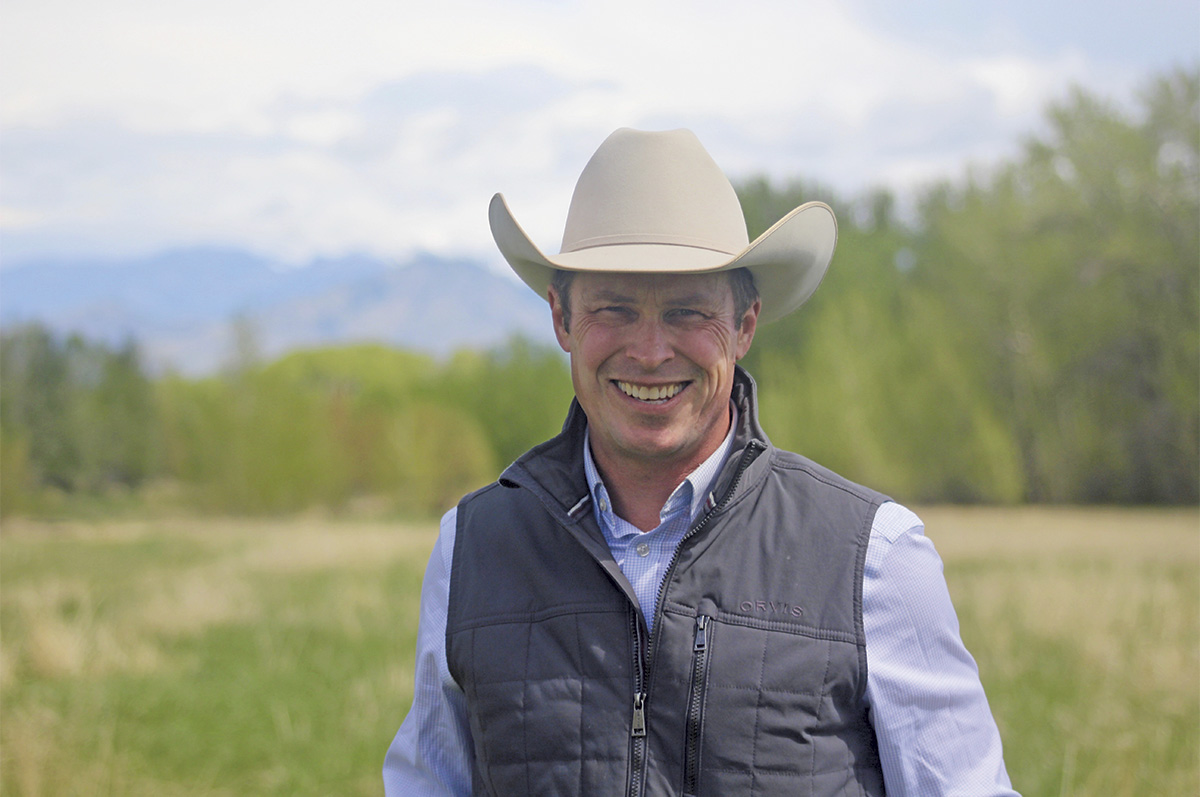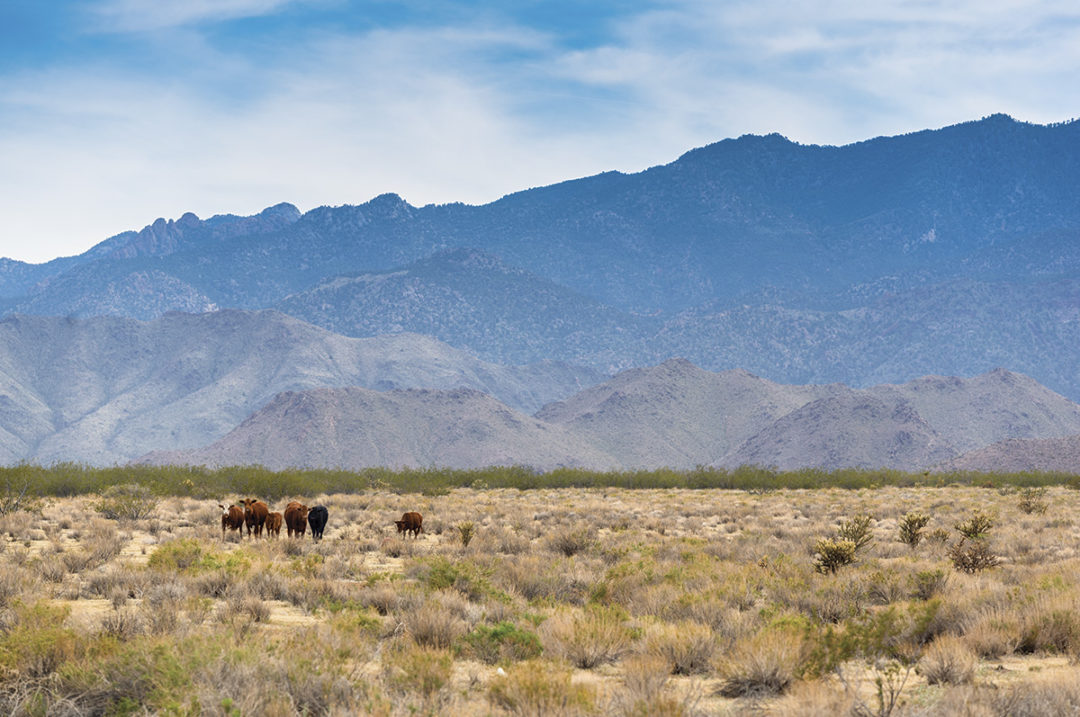Last spring, the U.S. Department of the Interior published a proposal with the potential to shift priorities on 245 million acres of public land, mostly in the West, managed by the Bureau of Land Management (BLM). The proposed Public Lands Rule was published in the Federal Register on April 2, 2023, and was followed by a 90-day public comment period, which yielded thousands of substantive comments for the BLM to consider. The BLM is currently making what it deems appropriate changes to the proposed rule based on these comments and additional internal review.
Cattle producers across the West, many of whom hold BLM grazing permits, have a lot of questions as to how and when the Public Lands Rule might be implemented. Progressive Cattle reached out to BLM senior policy adviser Errol Rice (who comes from a long line of Montana cattlemen) to answer some of those questions.
Why has the rule been proposed now? What is the impetus behind it?
RICE: There have been pretty significant drought conditions across the West over the course of the past 10 years. Along with that have come some pretty extensive wildfire events. Of course, what comes after that is often a heavy invasive species infestation – cheatgrass and things of that nature.
The impetus of this thing was to take a holistic view of BLM lands throughout the West and ask, “How can we build a framework that works with all our current partners – graziers and all the other multiple uses?” We wanted to get local input in designing a framework that helps the agency better manage some of the challenges on the landscape due to some of these climatic conditions like drought, wildfire and invasive species.
When can we expect the final Public Lands Rule to be published? When will it go into effect, and how will it be enforced?
RICE: We went through very extensive listening sessions last summer on the proposed draft of the rule. We have a lot of comments come through the door about the proposal, and our team has been compiling them. I think we’re probably getting close; I would expect by the middle of the second quarter of this year, we’ll see a final product published in the Federal Register with a 30-day notice.
The BLM has said that a major focus of the Public Lands Rule is 'putting conservation on equal footing with other uses.' How are the terms conservation and equal footing defined in this context?
RICE: Conservation is what we’ve been talking about: mitigating the effects of things like drought, wildfire and invasive species throughout the West, and restoring the land that has gone through some of those impacts. We’re really just trying to give the bureau a playbook, so to speak, on how to be more efficient, strategic and aligned with all of our multiple uses, including grazing, energy and recreation.
At the end of the day, this is trying to streamline a framework that can help us be better equipped to combat some of these issues that are challenging for us from a landscape health standpoint.

Errol Rice. Courtesy photo.
At this point, what feedback have you gotten from different parties about the proposed rule?
RICE: Early on in this process, in our conversations with livestock industry permittees, there were a lot of questions around some of the conservation and leasing products that were outlined in the draft rule. People want to know exactly what those products look like and wonder if that will have any implication on their already established grazing permit. We’ve heard a lot in that vein.
However, we’ve tried to reiterate that if you’ve got an existing right already, particularly grazing, none of this is going to impact your right and authorization to graze cattle on BLM land. That being said, within that leasing design, we’ve gone back and tried to be more specific than just using the term conservation lease. It really breaks down into two categories: mitigation and restoration. Those are the two categories you’re going to see under that leasing paradigm.
Mining companies, oil and gas companies, they’ve told us, “We would love to have more opportunities to mitigate our impacts on rural lands; how can we do that?” Right now, they can only mitigate on private property, but with the new Public Lands Rule, that opportunity might also exist for your permit land.
What are conservation leases, and how might they affect current permit holders?
RICE: To be clear, if there’s a proposed restoration or mitigation lease that would conflict with an existing grazing use, and the permit holder does not want to participate, that project is not going to happen. That said, if a proposal comes through the door where a permittee has said they would participate with a third party, we can get the ball rolling. A third party could be a sporting group such as the Mule Deer Foundation or the Rocky Mountain Elk Foundation. As an example, maybe there’s a landscape where they’re looking to invest in some restoration because it’s a major mule deer or elk habitat. Now, if I’m a grazing permittee, those third parties are going to hold that lease, and I would have the opportunity to work with those collaborators.
I’ve been telling our current permit holders that they should view this as an opportunity that they’re not required to be a part of. Maybe there’s some financial incentive to improve the landscape that might include your allotment. It might even be able to cross over into your base property and private ground if you wanted. If stakeholders bring a project forward, you might look at it, and a mitigation project might enhance the ecological value of your own allotment. It’s a margin business, so if we can enhance the profit opportunity for ranchers grazing these federal assets, I encourage folks to think about where the opportunities exist in some of these proposals that might start to take shape.
Who can propose conservation leases, and how will BLM determine whether one is appropriate in a given situation?
RICE: In the final proposal, you’ll see some language around what qualifies an entity to be a part of a project or proposal under the Public Lands Rule. You have to have a proven track record at a very high level. You can’t just come to the door having never done this before and expect that you’re going to have all the qualifications to put a project together with all the parties that could be involved. So it’s going to be a third-party entity that has demonstrated success in either mitigation or restoration of, for example, sage grouse habitat. They’ll need a demonstrated expertise in that area and check the right boxes in order to qualify for a project.
Where can cattlemen and women go with questions about the proposed Public Lands Rule?
RICE: I’m personally happy to field questions from any of your readers who are BLM permittees. I’m happy to talk to folks and walk them through some of the scenarios they might face and hopefully answer their questions. I’d also encourage ranchers to talk to their local BLM field office. We also have a great website and Q&A page that we update as we receive new questions from the public.
We’re in constant contact with a wide swath of organizations like Farm Bureau and cattlemen’s associations at the state and county levels, so folks can go to those sources to help them find out more as well.
Errol Rice can be reached by email.









